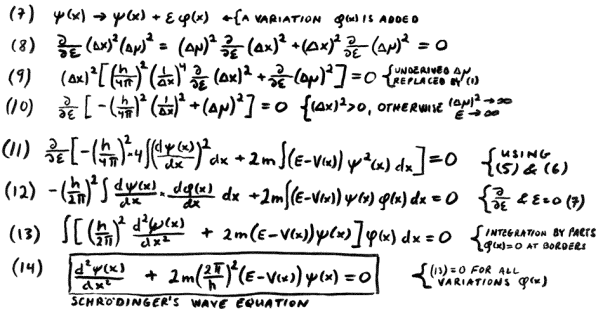November 2004
High Maintenance
By Michael J. Katin, MD
A controversial topic for years in the medical oncology community has been the relative value of maintenance therapy. It is projected that in 2004 in the United States there will be 1,368,030 cases of cancer diagnosed, and 563,700 deaths from cancer. For the second consecutive year, the American Cancer Society estimates a cure rate of greater than 50 per cent.. Unfortunately, that also means that nearly 50 per cent are not cured. Cancer may be fulminant in some individuals, but others may live for years before succumbing.
This potential for a prolonged, chronically active disease course has been recognized in cancer patients although more typically associated with benign diseases Some patients with diabetes mellitus may have their disease controlled successfully for years with minimal morbidity while others may develop severe problems such as peripheral vascular disease, retinopathy, and increased susceptibility to certain infections. Chronic illness with minimal to severe degrees of debilitation may also occur with hypertension, rheumatoid arthritis, and multiple other conditions. A cure for most of these diseases is not expected, and the goal is to try to minimize symptoms and maximize quality of life. Medical oncologists have sought to build on this model. Some patients with metastatic carcinoma of the breast, for example, may live and function for many years with various combinations of hormonal therapy and chemotherapy, and now antibody therapy and bisphosphonates may also be involved. Several types of non-Hodgkin’s lymphoma can be treated continuously or intermittently with chemotherapy plus or minus rituxan, and some patients with colon cancer can have prolonged courses of their illness, being treated at times of symptomatic or potentially symptomatic progression.. One of the dilemmas today is that when agents such as rituxan, erbitux, and iressa are effective, how long should they be administered and, in fact, is it right to stop treatment at an arbitrary number of cycles or weeks? Interestingly, the use of maintenance chemotherapy for hematologic malignancies had been discontinued in the 1970’s because of the risk of toxicity versus benefit.
Radiation therapy, on the other hand, is usually used in a single course of treatment relatively early in management of the disease, and then palliatively to selected sites in the event that progressive disease has caused specific localized problems. Patients treated definitively for prostate cancer usually are seen for treatment over 7 to 9 weeks, for example, but at that point the treatment course ends and there is no plan for the patient to return in 4 weeks, for example, for more therapy, with the exception of planned boosts with stereotactic radiosurgery or brachytherapy. This is in contrast to the “Hotel California” relationship that the medical oncologist usually has with his or her patient.
Has there ever been a study to administer additional radiation therapy at specific intervals as planned maintenance? We know that a 10 X 12 centimeter lung tumor would have a negligible chance to be cured by conventional therapy, but why not consider giving additional treatment every several weeks for the next year? There is precedent for retreatment of recurrent head and neck cancer with substantial (but not definite) risk of normal tissue damage, but the planned use of low dose maintenance therapy might produce surprising results.
After all, just because someone decides to put thousands of dollars into getting his or her teeth restored after years of neglect doesn’t mean there’s no need to brush and floss ever again http://www.oralhealthproducts.com/caries.htm. Why is it assumed that a single course of radiation therapy is enough to finish the job? Our medical oncology colleagues must be astounded at our attitude. Is it not true that smaller doses of radiation therapy can cure smaller quantities of cancer? That being the case, doesn’t it make sense to follow up several weeks or months after the definitive dose of radiation therapy with occasional short courses? This schedule could be adjusted to calculation of the biological potential of the tumor, or even tied to measurable parameters such as the SUV http://www.uwsp.edu/geo/courses/geog100/Cartoons/Rall-SUV-Madness.htm on follow-up PET scanning or the Dow-Jones industrial average. Random selection of treatment times might even be better, since this would serve to disrupt the strategy of the malignancy, since if it knows that treatment will finish at a specific time it can hunker down and wait it out, whereas if it doesn’t know when it will be attacked again it may become demoralized and unable to maintain its resistance. At that point it may choose to differentiate and rejoin the population of normal http://isitnormal.com/index.php tissue.
For those who are less anthropomorphically inclined, justification for a continuing low-dose protracted treatment schedule would be as follows:
There would seem to be little question of the validity of this concept. The ASTRO Gold Medal should already be in the mail.

